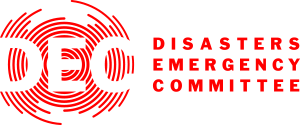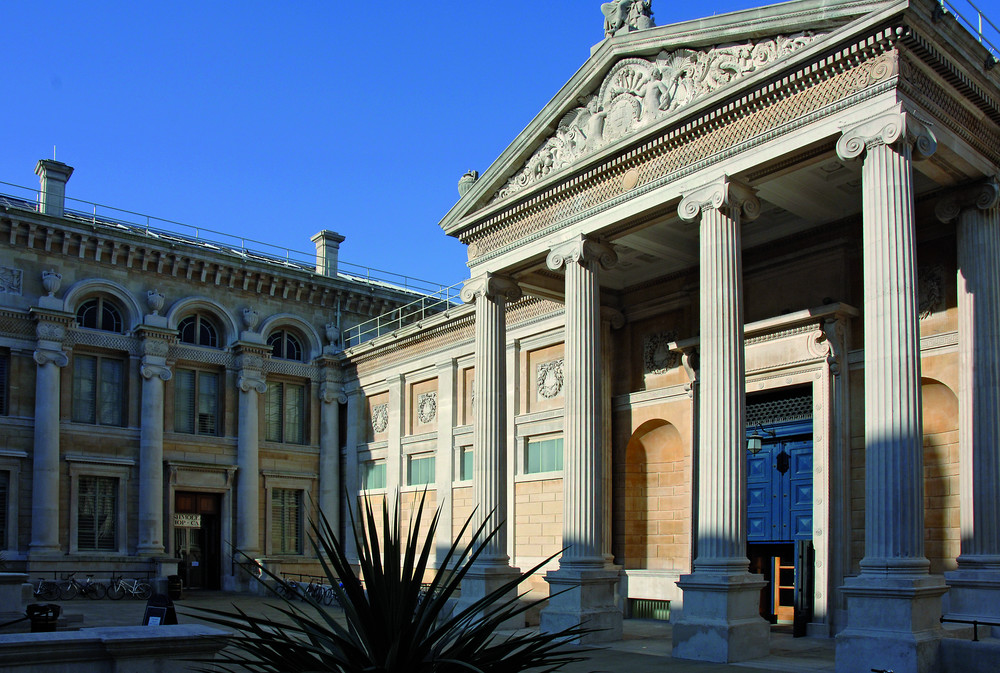
ResourceSpace has changed the way the DEC uses content, making it much easier for us to quickly make assets available both internally and externally during our emergency appeals.
Blog
5th September 2023

We caught up with Christopher Monaghan, Museum Systems Implementation Manager at the Ashmolean Museum in Oxford, to talk about how ResourceSpace has helped bring their Digital Asset Management (DAM) processes into the 21st Century:
Established in 1683 in the heart of the city, The Ashmolean is the University of Oxford’s world famous museum of art and archaeology. Housing vast collections ranging from Egyptian mummies to contemporary art, having a single source of truth for all of their objects - and the digital assets that relate to them - is paramount.
In 2021, the Ashmolean brought Chris in to transform the existing systems which were, as Chris described, “creaking at the edges”.
The museum didn’t have a DAM at this point. As Chris puts it:
With no DAM system in place to manage images from the collection and beyond, processes behind the scenes were inconsistent and unreliable.
Chris introduced a new Collections Management System, MuseumPlus, to replace their outdated setup and selected ResourceSpace as the best option to fulfil what they needed from a DAM. Integration with the new CMS and the museum’s existing systems was top priority, and ResourceSpace stood out for this.
One of the most important considerations for collections-oriented projects like this is what type of data each system should be responsible for. These kinds of decisions should focus on the team(s) working with the collections, with solutions tailored to provide them with a seamless day-to-day workflow.
With ResourceSpace and MuseumPlus integrated, each system gets used to its best advantage: the DAM holding up to date information about media assets, and the CMS storing all of the relevant collection details.
Now, any new or updated objects in the museum’s collection only need to be provided with one set of data, and because the two systems are in sync, the CMS updates the DAM with all of the relevant object information automatically.
Working in this way, users can not only call up a resource relating to the collection but review the important information about the item without leaving ResourceSpace. And, working in MuseumPlus, the collection team can view images and media relating to an object - all the while knowing that the resources are being preserved in the DAM.
This saves the collections team a lot of time and ensures their data stays consistent and accurate.
Chris has had lots of positive feedback about ResourceSpace. Users are particularly pleased to be able to securely share resources to non-users directly from the DAM - no need for third party software.
Users have also praised image tools for saving the additional step of exporting resources to make quick adjustments. And when they do need to import and export data in bulk, as Chris recently did, they’ve been impressed with the system’s handling capacity:
The Ashmolean were keen to use an open source platform, and Chris is glad to be making the most of ResourceSpace’s flexibility:
If you’d like to read more on how the Ashmolean revolutionised their DAM processes with ResourceSpace, explore the full case study here.
You can also set up a free ResourceSpace system now, or schedule a free demo with one of our experts:
#DigitalTransformation
#MuseumManagement
#CollectionsManagement
#WorkflowImprovement
#DataManagement
#Integration
#AshmoleanMuseum
#DAMIntegration
#MuseumPlus